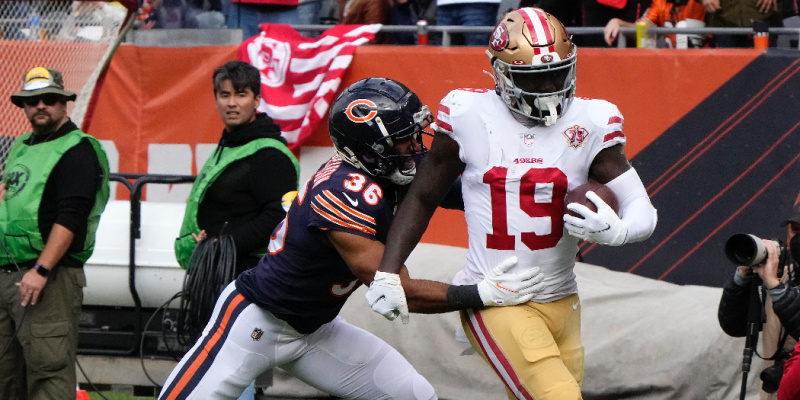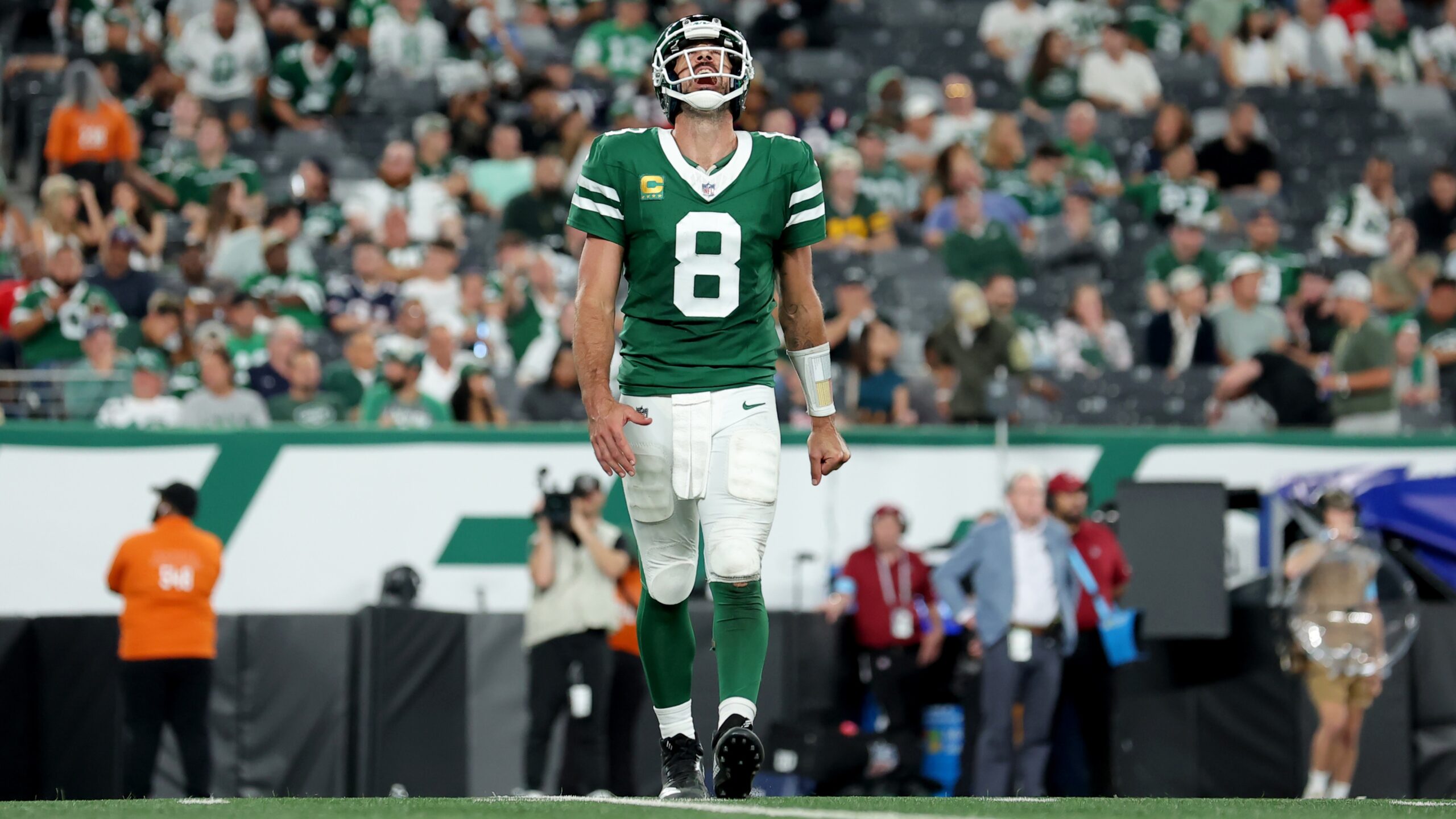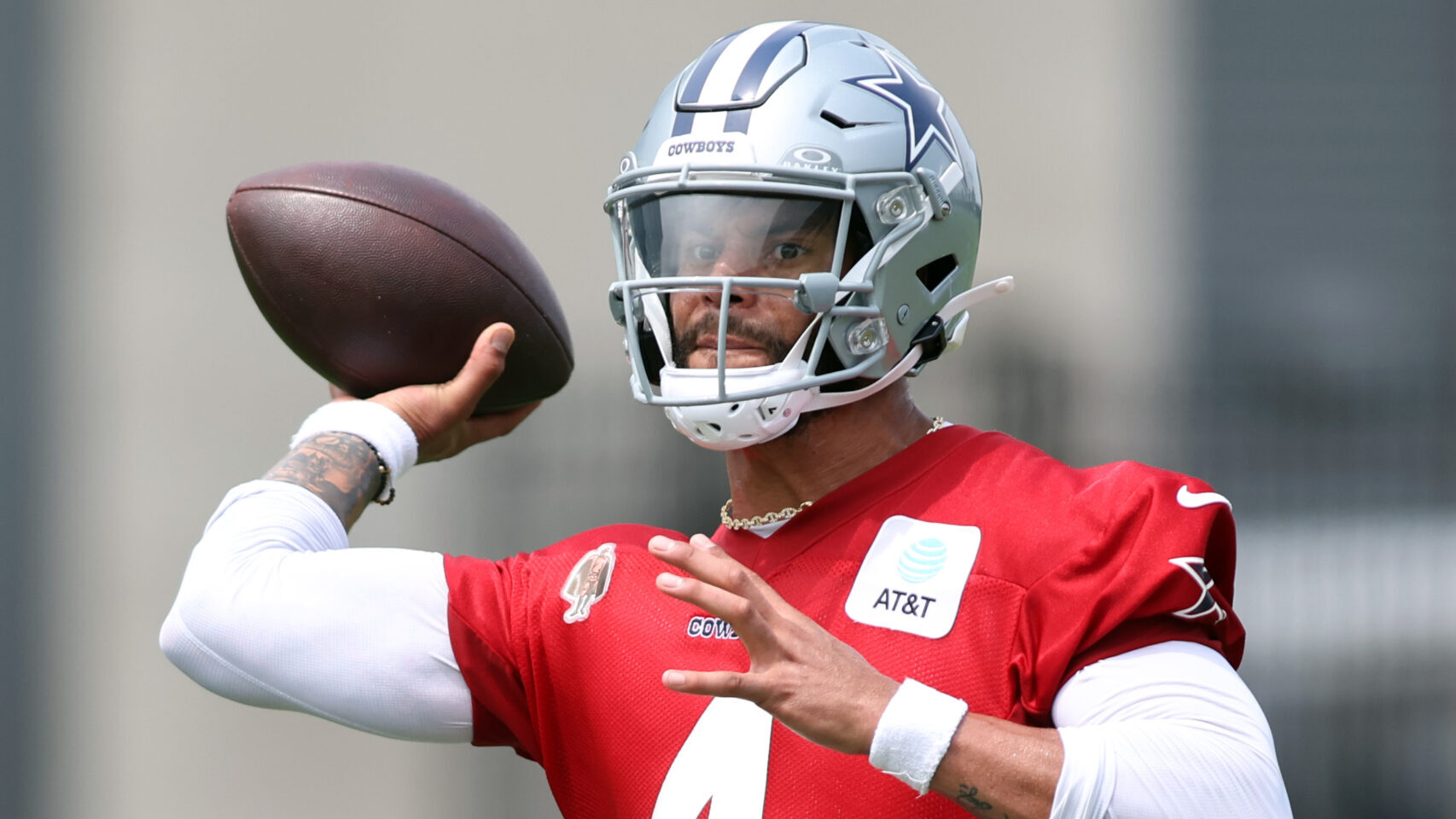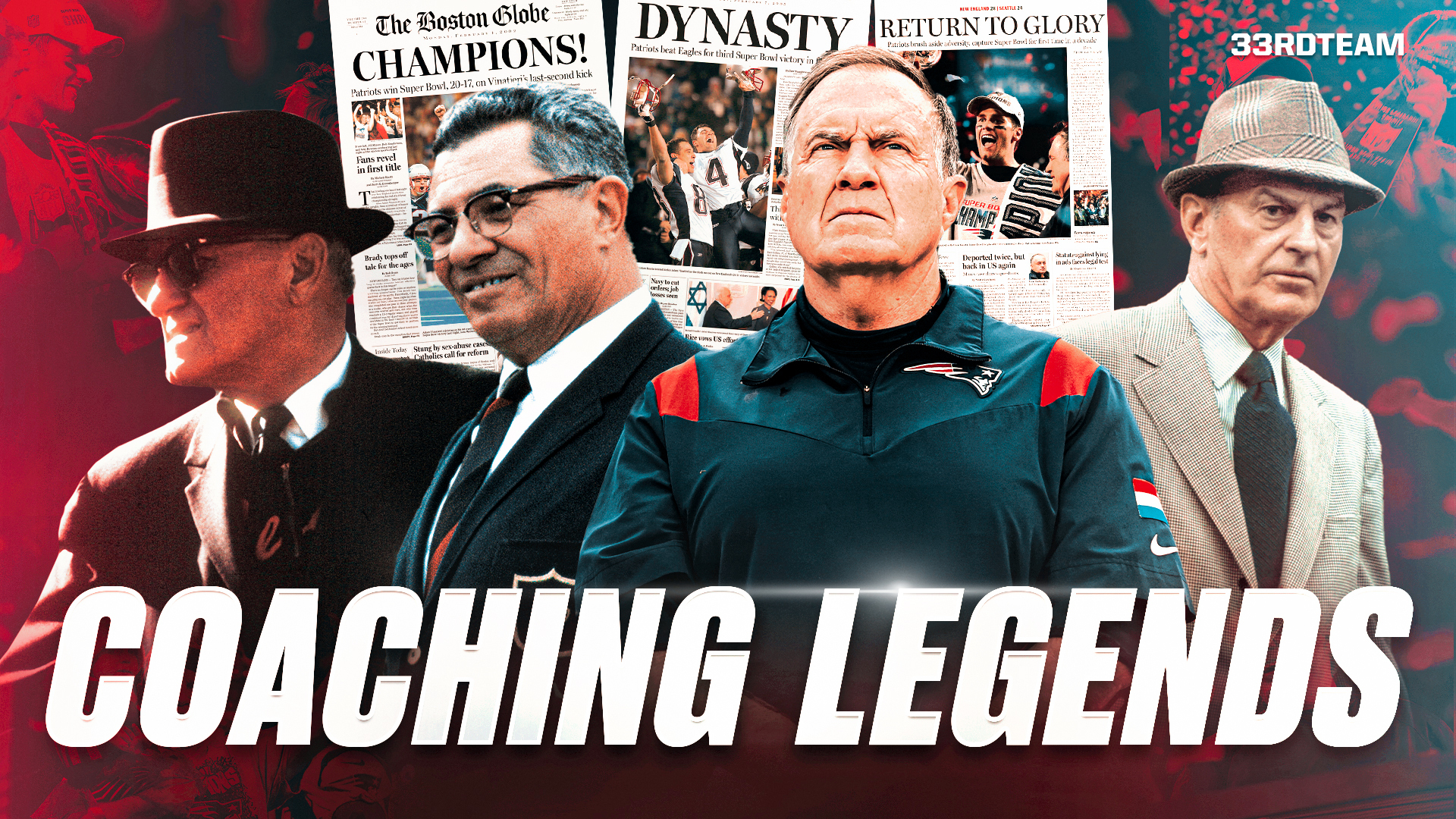Analysis
8/6/22
6 min read
Why Shorter Wide Receiver Extensions Are a Win-Win

Deebo Samuel was the last domino to fall in the offseason of the wide receiver. The San Francisco 49ers star’s contract extension continues an apparent trend for new deals at wide receiver.
Samuel signed a three-year, $71.5 million extension with the 49ers, the value of which could rise to $73.5 million, including $58.1 million guaranteed.
He followed Terry McLaurin and D.K. Metcalf in receiving extensions of just three years in length, while A.J. Brown–in the wake of his draft-day trade from the Tennessee Titans to the Philadelphia Eagles–got a four-year extension.
Brown, Metcalf and Samuel receiving markedly similar extensions is no coincidence given they all share the same agent, Tory Dandy. Their deals–and McLaurin’s–represent a win-win for both player and team. The advantages they offer could these types of contracts become commonplace when franchises pay their starting receivers.
Samuel and Co. Enter the Top 10
Samuel and Metcalf’s deals were almost identical. The Seahawks’ receiver signed a three-year $72 million deal with $58.2 million guaranteed. McLaurin penned a three-year contract worth $68.36 million with $53.1 million guaranteed, and Brown signed a four-year, $100 million deal with $57.2 million in guaranteed money.
Brown will earn the most per year with an average annual salary of $25 million. Metcalf’s average annual value comes in at $24 million, just ahead of Samuel ($23.85 million) and McLaurin ($23.2 million).
While there are slight differences, this group finds themselves in the same position–in the top 10 highest-paid receivers by AAV entering their prime years. McLaurin is the oldest of the group at 27, while Samuel is 26 and Brown and Metcalf are both 25.
That puts each of them in a spot where they can leverage what will likely be their strongest season into yet more financial reward in the coming years.
A Final Shot to Cash In
Besides the money, the primary attraction of the shorter contracts is the chance to hit the market and cash in at least one more time in their career.
Samuel will be entering his age-30 season when he is due to enter unrestricted free agency in 2026. Metcalf will be 29 and McLaurin 31. Due to hitting the market in 2027, Brown will be 30 when he gets his chance.
There is a case to be made they could be past their best by that point. However, this offseason proves teams will commit substantial capital to receivers entering their 30s—if they have a resume to merit it.
The Raiders traded their top two picks in this year’s draft for Davante Adams before handing him a five-year, $141.25 million deal, which the Green Bay Packers were prepared to pay the five-time Pro Bowler.
Similarly, Cooper Kupp inked a three-year, $80.1 million extension with the Los Angeles Rams this offseason ahead of his age-29 season. The Rams are committed to Kupp through the 2026 season. He will be a 34-year-old unrestricted free agent in 2027.
Adams and Kupp earned the belief they will produce well into their 30s by establishing themselves as the gold standard at receiver. No player in the NFL has more receiving yards (5,310) or touchdowns (47) than Adams during the last four seasons while Kupp won the triple crown by leading the league in receptions, yards and touchdowns last year.
There is evidence to suggest each of Samuel, Mectalf, McLaurin and Brown will be worthy of the same faith. Metcalf is 11th in receiving yards (3,170) and fifth in touchdowns (29) since 2019. McLaurin (3,090) is only three spots below him on the former list and has 1,000 yards in each of the last two seasons despite Washington’s rotating cast of mediocre quarterbacks.
Brown also has two 1,000-yard campaigns in three seasons and is fifth in Expected Points Added per play since 2019. His efficiency is part of the product of his explosive big-play ability allowing him to average 16.2 yards per reception for his career. Only two receivers with at least 100 receptions over that same span–Kenny Golladay and Mike Williams (both 16.8)–average more.
Samuel is a unique case in the context of this group, He has not had the same consistency as Metcalf, McLaurin and Brown. An injury disrupted his 2020, and he does a lot of damage in the backfield. His eight rushing touchdowns last year were a single-season record for a wide receiver.
The wear and tear on his body through continued RB usage may impact how much teams would be willing to pay him. The influence of Kyle Shanahan’s offense on his production could also limit his earning potential with a new team.
However, with Shanahan's offenses proliferating around the NFL, there should be no shortage of suitors for Samuel providing his body holds up. And if he continues to demonstrate the receiving upside that saw him lead the league in yards per catch (18.2) in racking up 1,770 yards from scrimmage last year, teams will only want him more.
But it is the current employers of Samuel and Co. that will still hold most of the cards. Their shorter deals offer the teams important flexibility in an era of anticipated continued salary cap rises.
Room for Maneuver
Though the contracts signed by Samuel, Metcalf, McLaurin and Brown do not allow for cost spreading the same way a five or six-year deal would, they are still long enough to enable their respective teams to put the bigger cap hits into future years in which the cap is likely to go up.
None of them will have a cap hit of more than $20 million until 2024 since the contracts are backloaded.
In the cases of Samuel and Brown, their cap hits for 2022 and 2023 –which encompass the final year of their respective rookie deals and the first year of their extensions–are well less than the $10 million mark.
Having premium players on low cap hits for 2023, when the cap is anticipated to grow again, frees up resources to be used on improving other areas of the roster.
The Niners, Seahawks, Commanders and Eagles have given themselves that luxury with their star wide receivers. Additionally, another two seasons of stellar performances should convince their teams to start on another extension a year early. If not, the player can cash in on the open market.
With the franchise tag in their back pockets, the teams still possess greater leverage in future talks for a third contract.
Still, the allure of the slightly shorter three-year–or in Brown’s case four-year–extension is it offers both sides freedom. The player can control his own destiny again while still producing at a level to command top-tier money. Plus, the team retains the flexibility to backload the contracts and push large cap hits down the line. They can then explore the possibility of a further extension as those more exorbitant salaries come due.
This round of extensions has largely accounted for the best of the 2023 free agent class at wide receiver. Gabriel Davis, Tee Higgins, Michael Pittman Jr and Chase Claypool are all set for unrestricted free agency in 2024. It would not be a surprise to see another flurry of shorter win-win extensions handed out next offseason.
Nicholas McGee contributed to this report.






